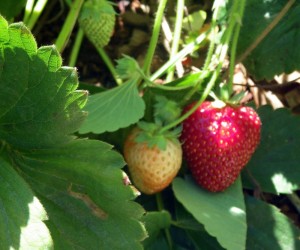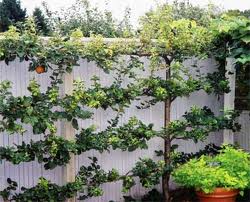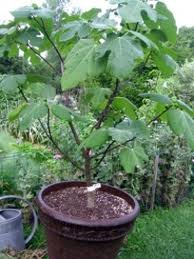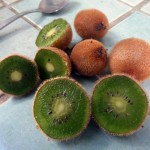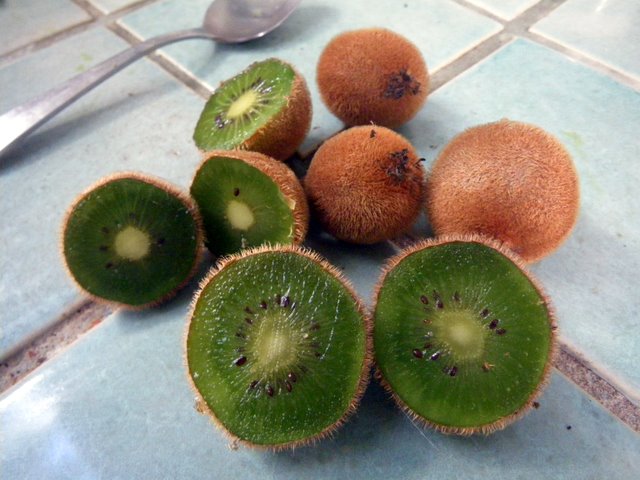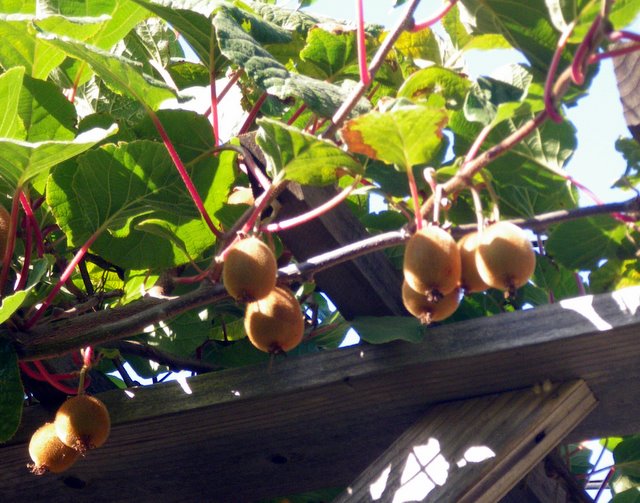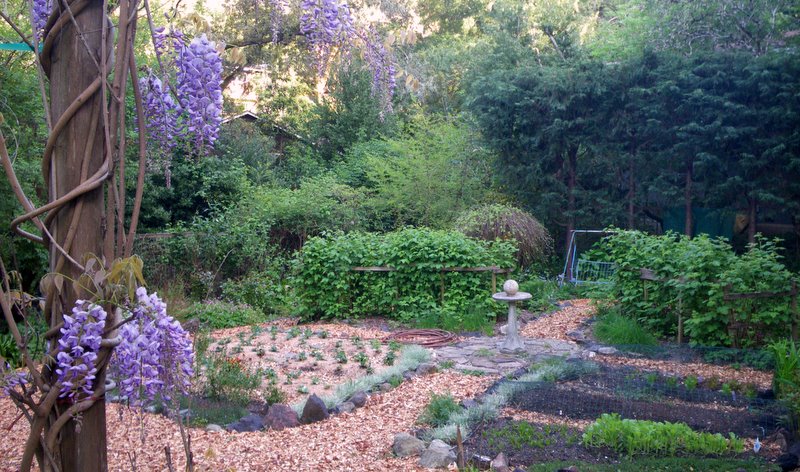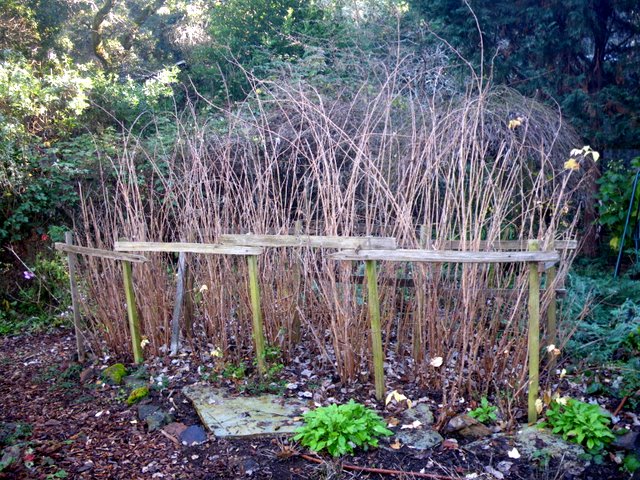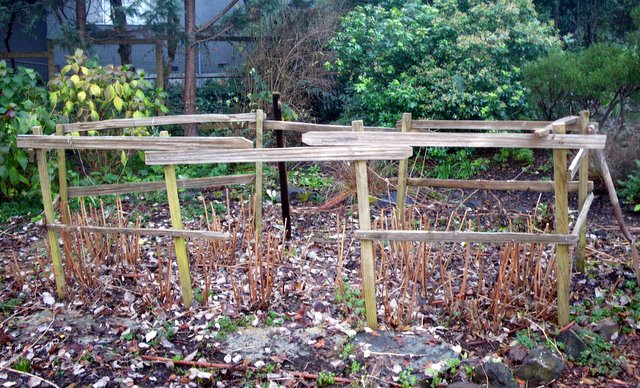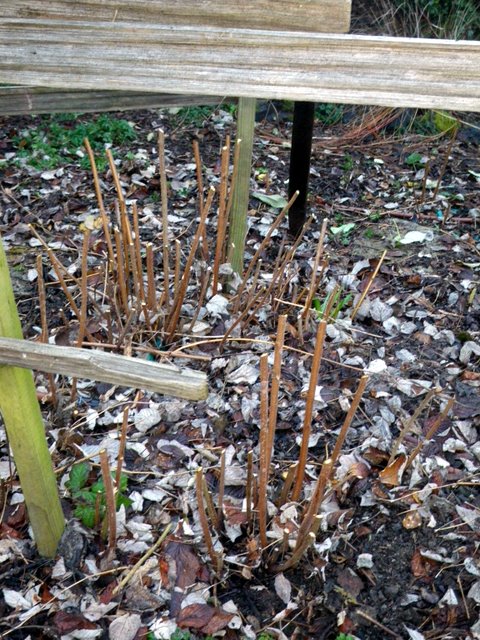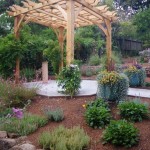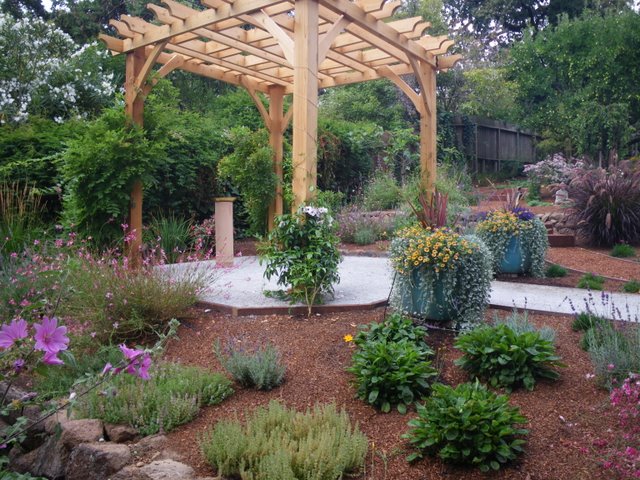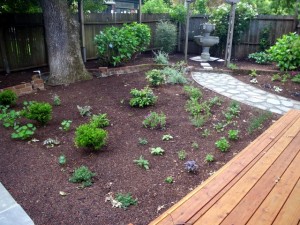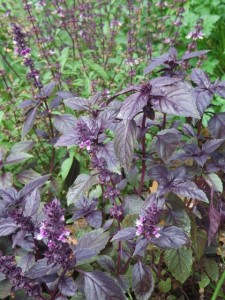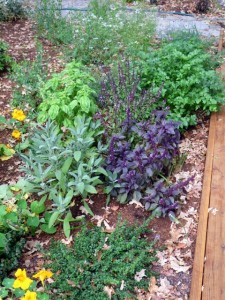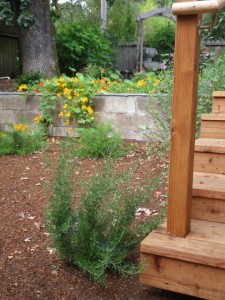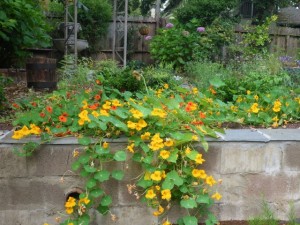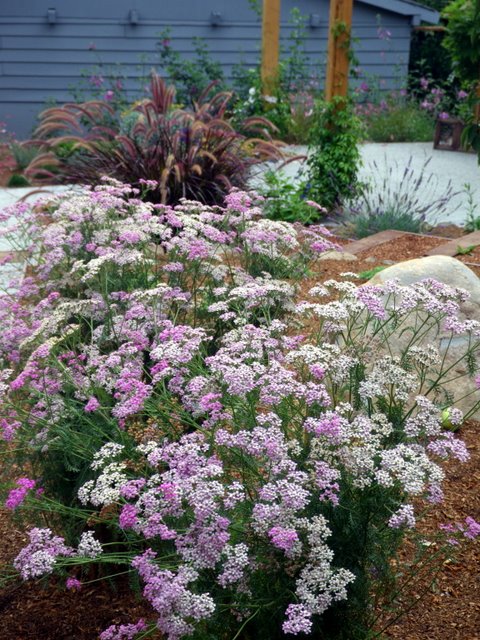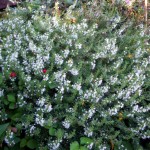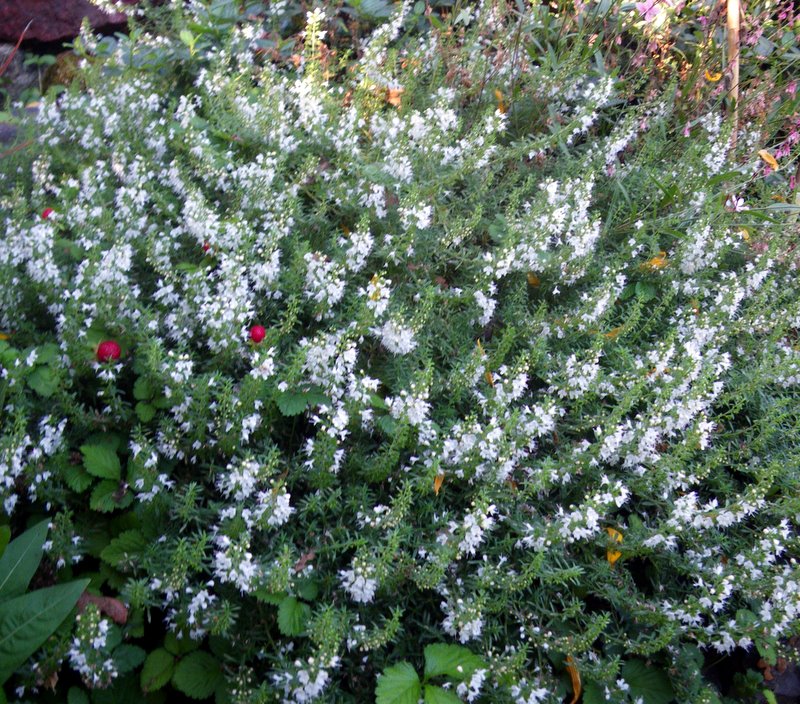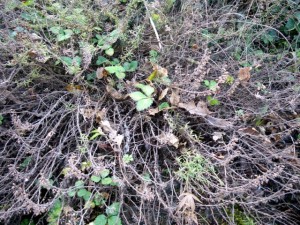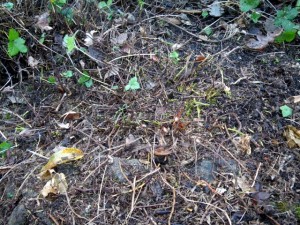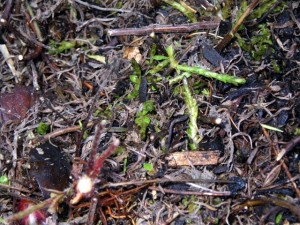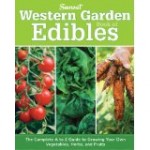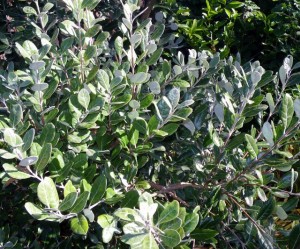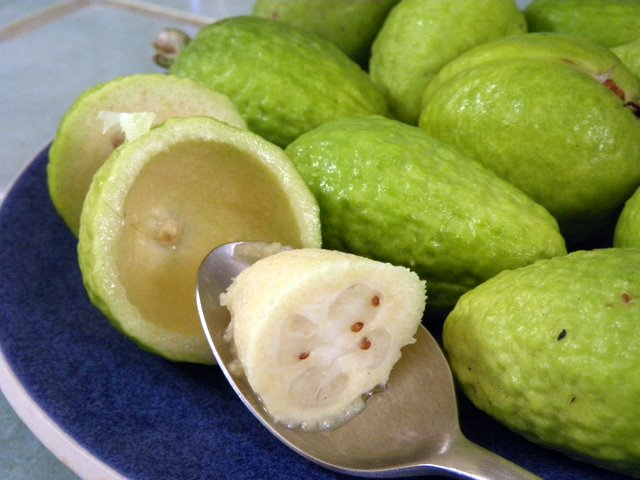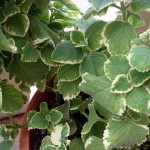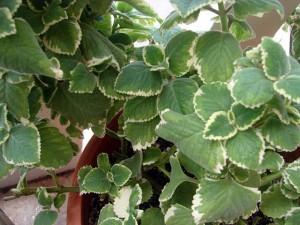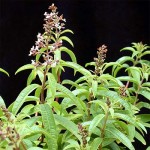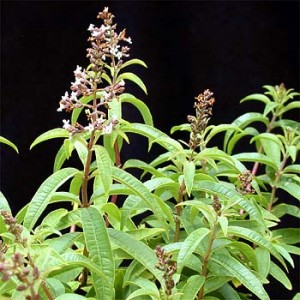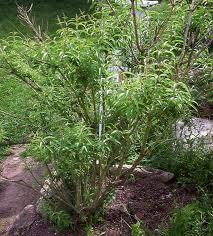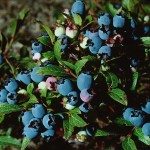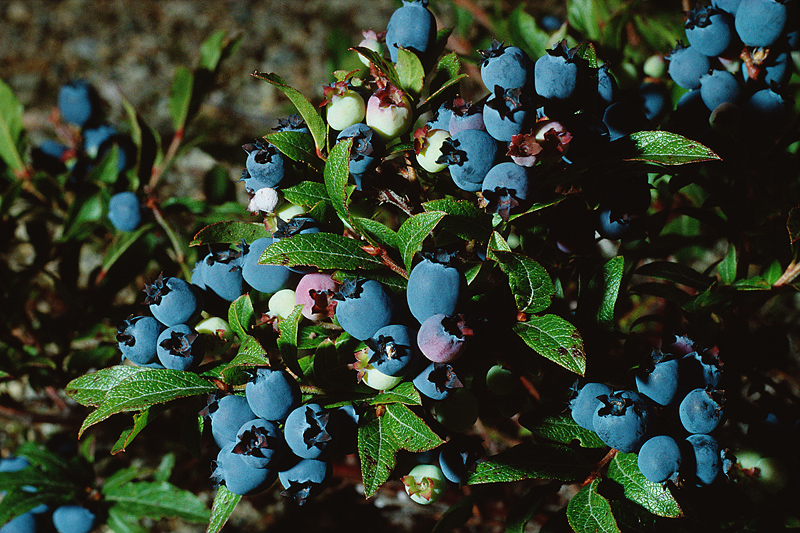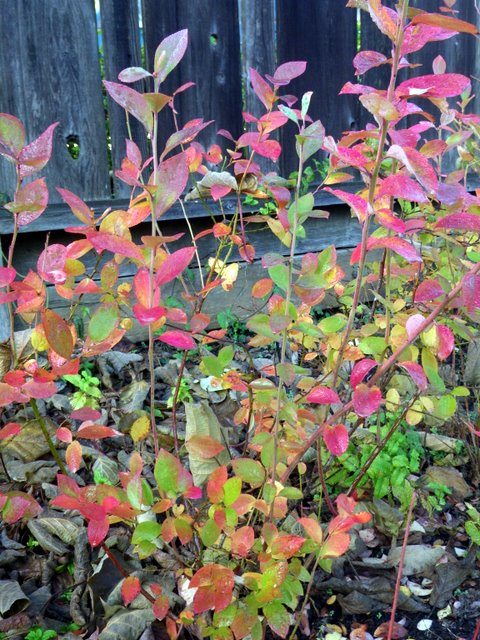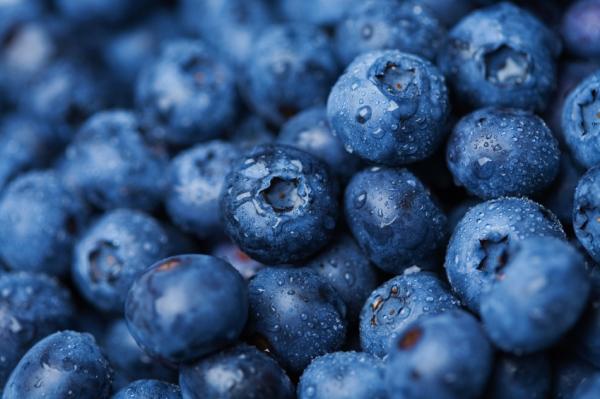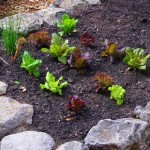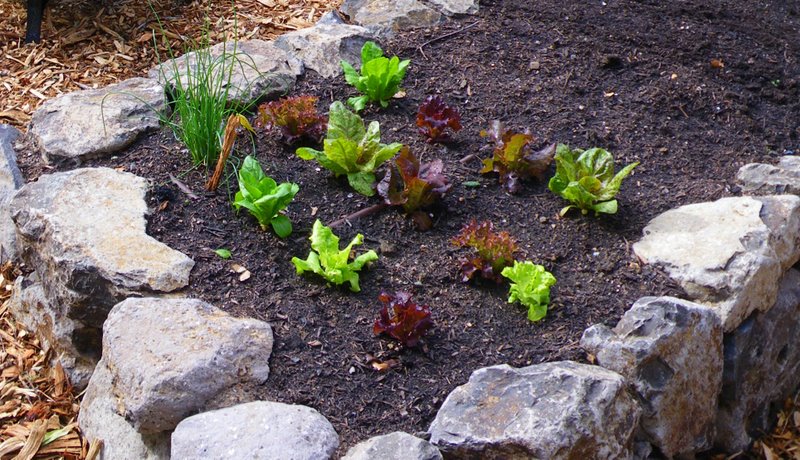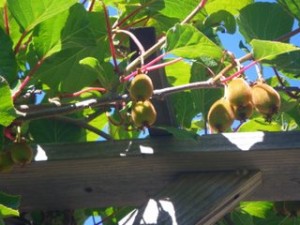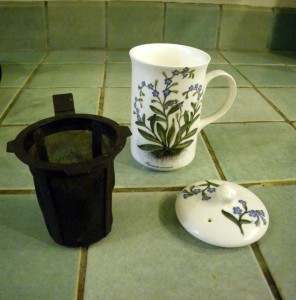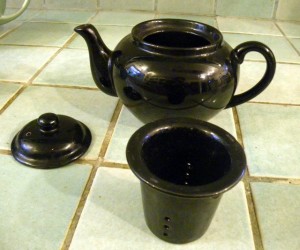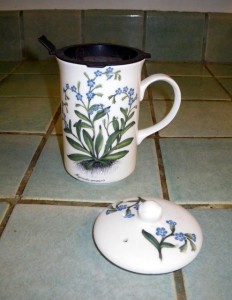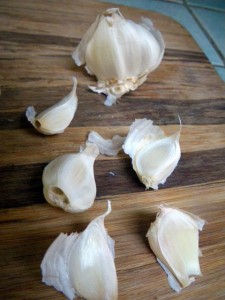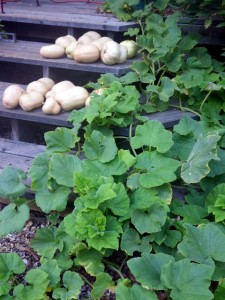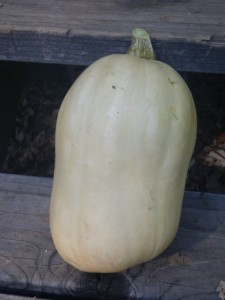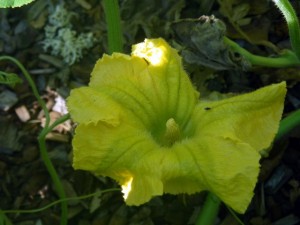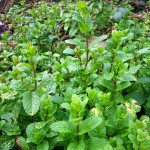
by Avis Licht
Mints are quite possibly the easiest, most useful and most annoying herb in the garden. They are tough, unfussy, grow almost anywhere, are incredibly good for your health, can be used in drinks, cooking, insect repellant, digestive aid and more. And they will spread like the dickens in your garden.
PERENNIAL
Mint is a perennial and will die back in the winter in cold climates. In mild climates you can expect to harvest it all year long. To have mint in the winter, put it in a pot (you probably want to do this anyway to keep it from spreading) and put it in a protected spot.
VARIETIES
You can find all kinds of mint flavors without resorting to artificial color and flavorings. Imagine – chocolate mint!(M. x piperita “Mitcham”) It tastes like a peppermint patty. Orange ( M. x piperita citrata) or bergamot mint has a slightly orange flavor. Apple mint, pineapple mint, and golden apple mint are all easy to grow. Pennyroyal (M. pelugium) is a small creeping mint that has a very strong flavor and is used to keep fleas and insects away. Peppermint (M. piperita) and spearmint (M. spicata)are the most commonly used mints for teas. By growing your own mint you can match the mints with your own preferences. These are just a few of the mints. Go wild!
SOIL
Almost any soil will grow mint, but it prefers a rich, moist soil. Amend with compost. If you plant it in the ground, consider putting it in a pot or bucket to keep it from spreading. A root barrier around the plants also helps to keep them in check.
PROPAGATION
The easiest way to propagate mint is to dig up some from the garden and divide it into as many pieces as you want plants. In this photo, I literally ripped it out of the ground. It has roots and can be plopped into a pot or a safe place in the garden.
HARVEST
Clip off the the tender new growth. Use it fresh, as mint loses much of its flavor and healthful qualities when dried. If your plants get old and woody, just cut them back to the ground and they’ll send up fresh new shoots.
Never say you weren’t warned!
MINT IN THE LANDSCAPE
I’ve let this mint grow as the edging to my garden fence. Cars regularly run over it, but it doesn’t seem to care. I only use the mint inside the garden for my edible use. Roadside herbs are not the best for eating. But it sure smells good when you step on it.

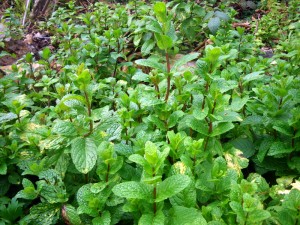
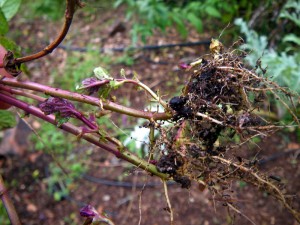
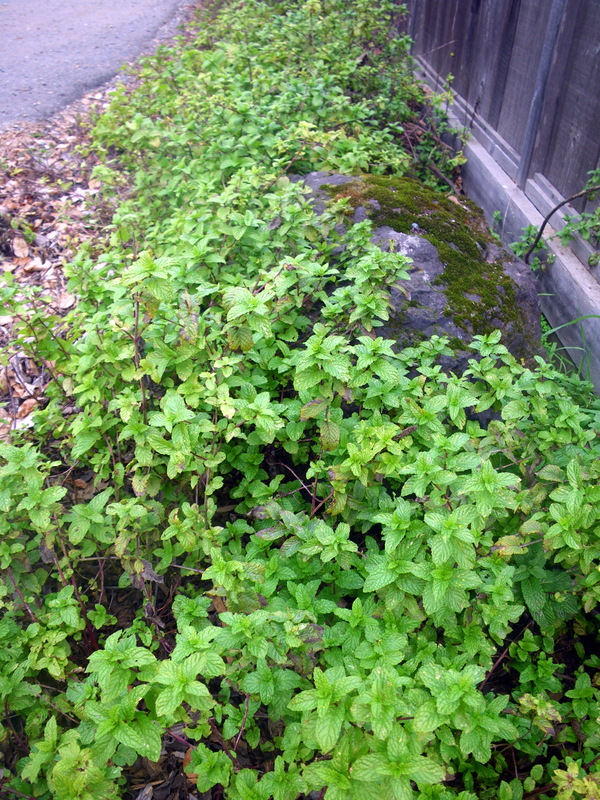
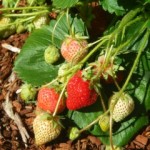
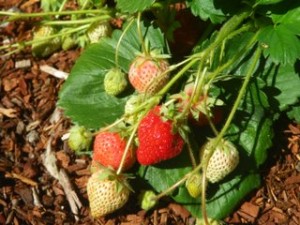
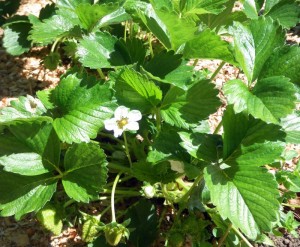
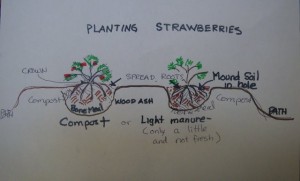


 Follow
Follow

